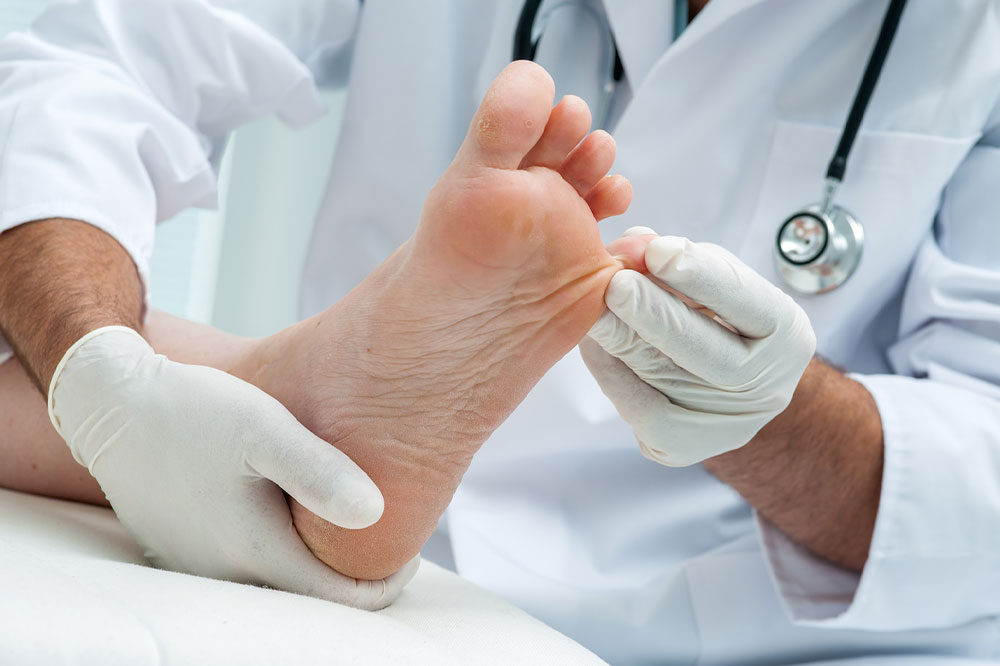
Symptoms and treatment options for nail psoriasis
Psoriasis is a health condition where the body produces excess skin cells, leading to silvery white or scaly red patches, blisters, or sores on the skin. It can affect any part of the body, including the chest, arms, trunk, legs, and nails. Nail changes, also called nail psoriasis, are observed in one out of three people who develop psoriasis. This article briefly discusses the warning signs and treatment options for nail psoriasis.
Warning signs
Nail psoriasis can be hard to detect as there might be no indication on the body other than the nails. The signs that appear on the nails include the following:
Pits in the nails
The hard surface on the top of one’s nails is called the nail plate. This layer is made of keratin cells. Nail psoriasis may cause a loss of these cells in the nail plate, forming pits in fingernails and toenails. The number of pits might be different in different individuals. Some might have a single hole in a nail, while others may develop dozens of them. Moreover, the pits might be deep or shallow.
Nail bed separation
Nail psoriasis can lead to the separation of the nail from the nail bed (the skin under the nail), creating a gap underneath. The problem is referred to as onycholysis. The nail can also turn darker because of the accumulation of bacteria under the nail, causing an infection.
Changes in the nail’s shape and thickness
Nail psoriasis can cause the nail’s shape to change. It is one of the telltale signs of the condition. The disease can also weaken the nail’s structure and make them brittle, causing them to crack and crumble. Moreover, patients are susceptible to common fungal infections that make the nails thicker.
Nail discoloration
Changes in color and texture of the nails are another sign of nail psoriasis. Usually, a yellow-red patch appears on the nail bed, which looks like a drop of oil under the nail plate. Because of its appearance, it is referred to as an oil-drop spot. This patch can spread to other portions of the nail as the condition progresses. Furthermore, nail psoriasis can make the toenails or fingernails slightly yellow and brown. Crumbling nails can turn white.
One should visit a doctor immediately on noticing any of the above signs. The earlier the disease is detected, the better are the chances of treatment.
Treatment options
While nail psoriasis is not always painful, it can cause embarrassment because of the nails’ unpleasant appearance. Thankfully, treatment is possible, and it can prevent the problem from worsening. The standard treatments include:
Topical creams
Several nail lacquers, creams, and ointments with unique ingredients are available that can help strengthen the nails and prevent infection. Application-based solutions can take several weeks to work and must be applied once or twice a day, as per the doctor’s instructions.
Prescription treatments
Doctors may suggest a treatment plan when nail psoriasis interferes with a person’s everyday tasks like walking or holding things. These prescriptions, however, affect the entire body and not just the areas where symptoms are noticed.
Other treatments
Besides those mentioned above, several other treatments can help manage nail psoriasis. For instance, biologics have shown remarkable results in treating the disease. In severe cases where other options do not work, the doctor might consider removing the nail through surgery. However, the nail might not grow back naturally gain. Doctors also prescribe pain killers to help patients deal with the pain.
In some cases, a combination of the above treatments might be required to treat nail psoriasis. While there are no home remedies for managing the condition, patients must wash their fingers and toes thoroughly to ward of the risk of infection. The nails should be kept short, and one must avoid picking them.




